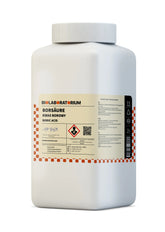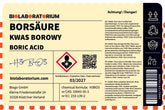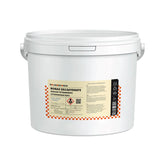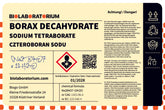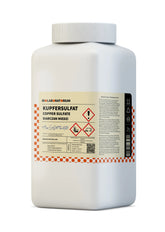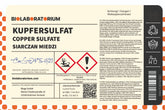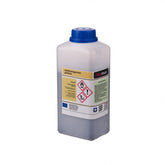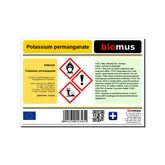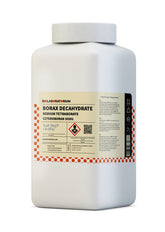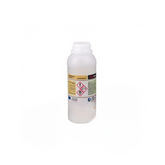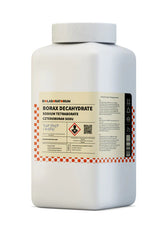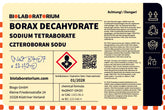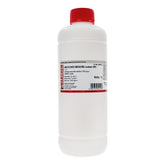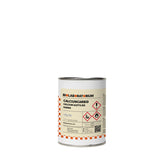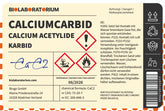Diammonium phosphate under the microscope: properties and precautions
Diammonium phosphate, also known as (NH₄)₂HPO₄, is an important chemical salt with diverse applications in industry and agriculture. In this blog post, we take a closer look at the properties and uses of this substance, as well as the safety aspects to consider when handling it.
What is diammonium phosphate?
Diammonium phosphate is a crystalline salt composed of two ammonium ions (NH₄⁺) and one phosphate ion (HPO₄²⁻). It is a white, odorless powder that is easily soluble in water. Chemically, it is a double salt formed by the neutralization of phosphoric acid (H₃PO₄) with ammonia (NH₃).
The molecular formula of diammonium phosphate is (NH₄)₂HPO₄. Under normal conditions, it exists as a crystalline solid that melts at 155°C. Above 155°C, the salt decomposes releasing ammonia and water.
Properties and applications of diammonium phosphate
Diammonium phosphate is a versatile salt with a range of useful properties:
Fertilizers
The main application of (NH₄)₂HPO₄ is as a fertilizer in agriculture. As a nitrogen- and phosphorus-containing fertilizer, it promotes plant growth and improves their yield. Diammonium phosphate is used in both conventional and organic farming.
Fire extinguishing agent
Due to its ability to smother fire, diammonium phosphate is also used as a fire extinguishing agent. When heated, it decomposes releasing ammonia, which reduces the oxygen content in the surroundings and thus effectively extinguishes fires.
Industrial applications
In industry, diammonium phosphate is used as a flame retardant, humectant, corrosion inhibitor, and accelerator for chemical reactions. It is also used in the textile, paper, and ceramics industries.
Food additive
Under the designation E 342, diammonium phosphate is used as a food additive, for example as a leavening agent in baked goods or as an acidity regulator in beverages.
Pharmaceutical applications
In pharmacy, (NH₄)₂HPO₄ serves as a buffer substance, desiccant, and stabilizer in medications.
Safety aspects when handling diammonium phosphate
Although diammonium phosphate is generally considered relatively harmless, some precautions must be observed when handling this substance:
Health risks
Diammonium phosphate is non-toxic to humans under normal handling. However, dust particles can cause respiratory irritation if inhaled. Therefore, it is recommended to wear respiratory protection when handling the powder.
Fire hazard
As already mentioned, diammonium phosphate can be used as a fire extinguishing agent. However, it is not flammable itself. Nevertheless, open flames and ignition sources should be kept away from the storage container, as the salt can decompose at high temperatures and release ammonia.
Storage and Disposal
Diammonium phosphate should be stored dry and protected from moisture, as it is hygroscopic and can clump when in contact with water. The usual regulations for inorganic salts apply for disposal – it can be disposed of with normal household waste.
Conclusion
Diammonium phosphate is a versatile chemical salt with numerous applications. Its range of uses extends from fertilizer to industrial and pharmaceutical applications. When handling the substance, some safety aspects must be considered, such as protection against dust particles and storage away from moisture. Overall, however, it is a relatively harmless product that can be safely handled with the usual precautions.

